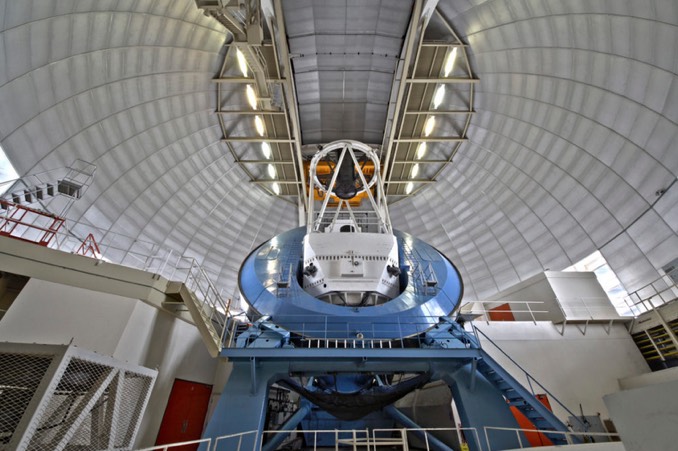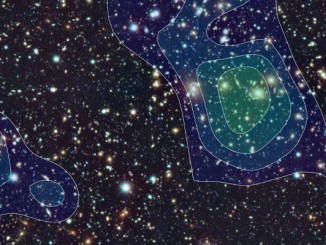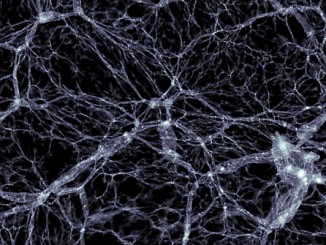
Astronomers, engineers and students are busy assembling the Dark Energy Spectroscopic Instrument, or DESI, for a five-year mission at the prime focus of the 4-metre Mayall Telescope at the Kitt Peak National Observatory near Tucson, Arizona, to measure the spectra of more than 30 million galaxies and quasars across 14,000 square degrees of sky.
The DESI instrument will feature new corrector optics providing a 3-degree field of view feeding a focal plane equipped with 5,000 robotic “positioners” carrying fiber optic cables. The positioners can be reconfigured in minutes to take the spectra of a different set of galaxies, sending data to 10 broad-band spectrographs, each containing three detectors.
A new video shows how the instrument is being assembled.
DESI is intended to study the nature of dark energy, the mysterious force that is apparently speeding up the expansion of the universe. To do so, scientists hope build up a 3-D map of millions of galaxies to characterise two critical indicators of the universe’s evolution: the ancient imprint of baryon acoustic oscillations – sound waves – traveling through the cosmos during the so-called dark ages prior to star formation; and distortions in space-time caused by large-scale structures.
Sound complicated? It is.
“The enigma of dark energy and the ongoing appeal of cosmology continues to motivate a wide range of cosmological experiments,” according to the DESI website. “DESI is one of the most ambitious surveys now under development, and once operational it will quickly become the world’s largest galaxy redshift survey.”
Looking beyond dark energy, DESI’s maps will be useful in a wide variety of research endeavours.
“We expect that our measurements of the intermediate-redshift amplitude of large-scale structure will be important to measurements of the mass of the neutrino,” the website says. “Our measurements on the largest scales can test whether the initial perturbations in the universe follow the simplest model, or alternatively show correlations indicative of novel behaviours at the enormous energy scales of the first second of the universe.
“Detailed measurements of galaxy clustering can use gravitational clustering to test a wide range of extensions to the standard cosmological model. Beyond cosmology, DESI will measure precise distances to millions of galaxies and quasars whose properties and demographics can then be better interpreted. DESI will produce the most detailed map yet of the nearby universe, which will provide the backbone for studies of galaxy groups and clusters as well as of extreme phenomena within those galaxies.”



